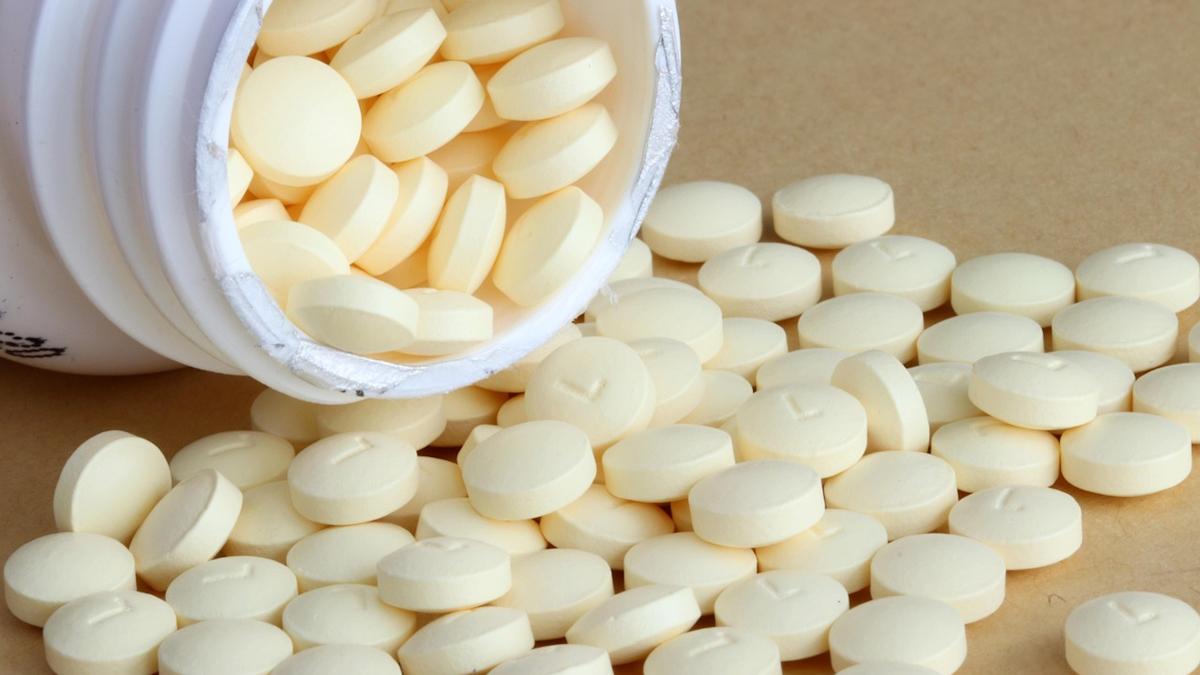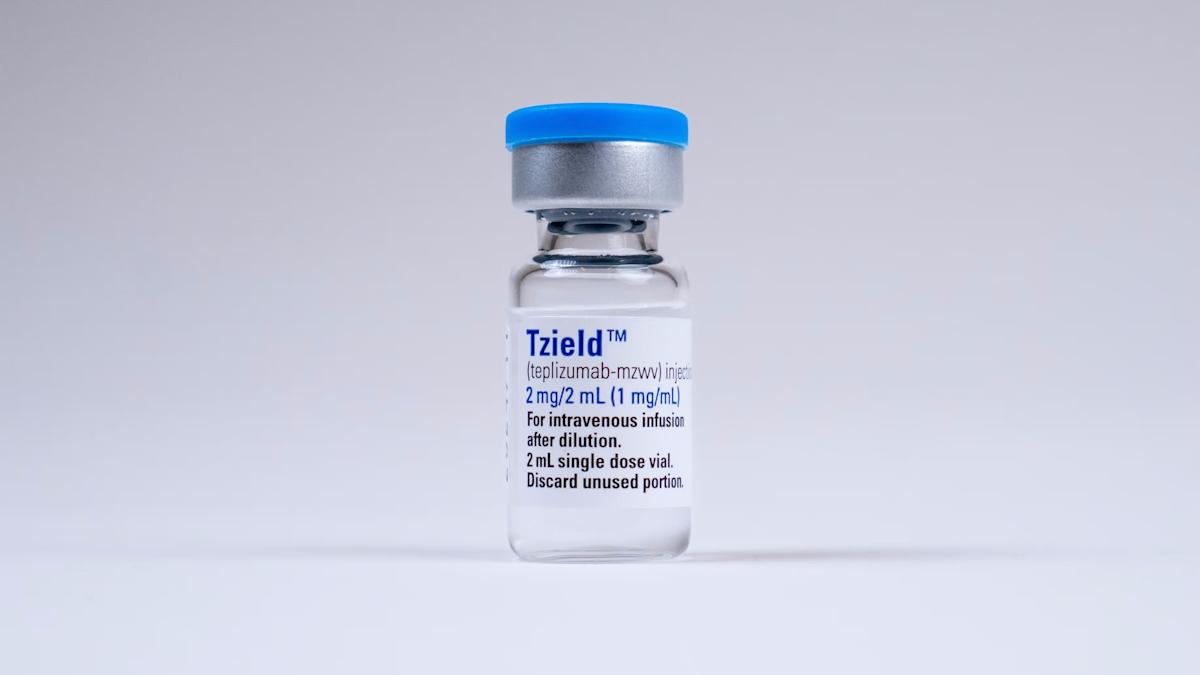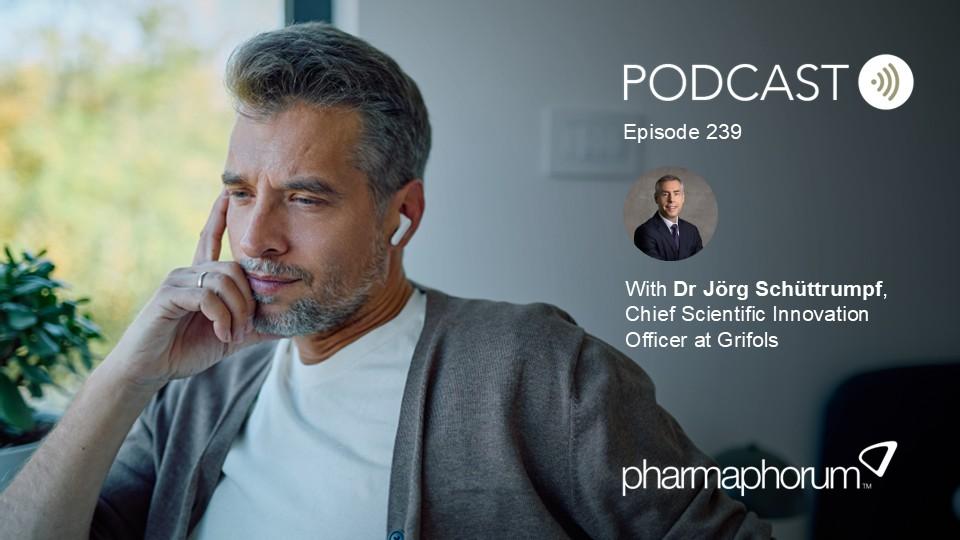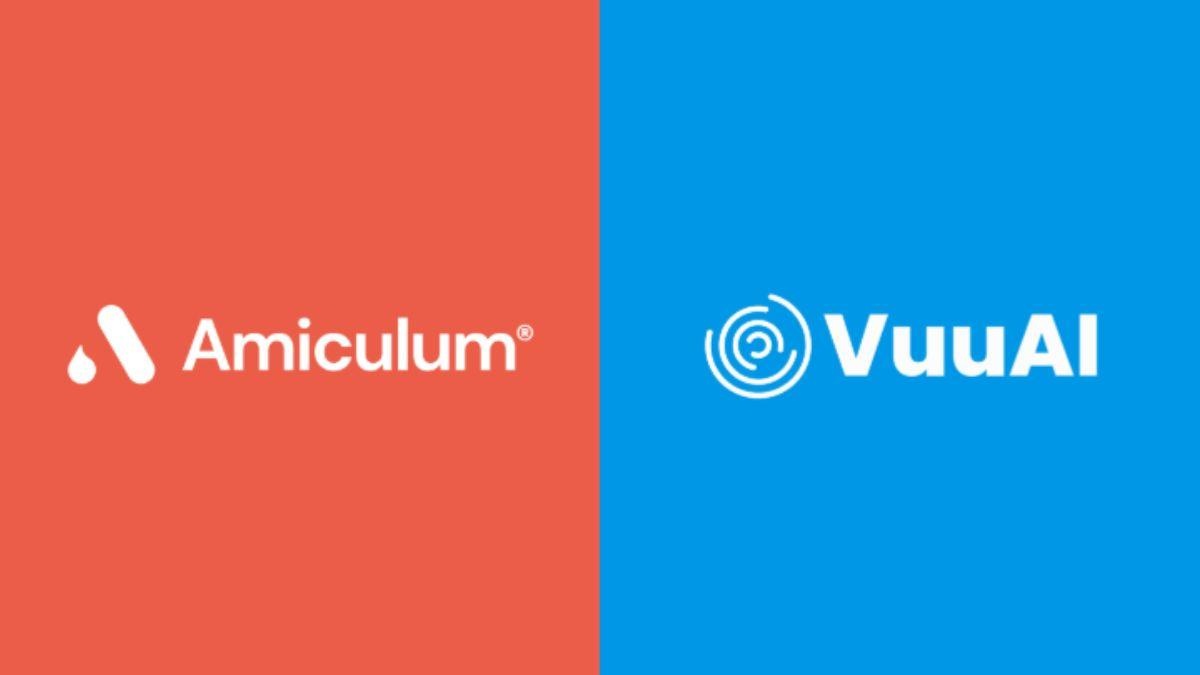ADA: Lilly makes its case for oral GLP-1 orforglipron

A first look at the phase 3 data with Eli Lilly's oral GLP-1 agonist orforglipron reveals encouraging blood sugar control data in patients with type 2 diabetes, and a side-effect profile free of the liver toxicity that scuppered rival candidates from Pfizer.
The results of the ACHIEVE-1 study, which were presented at the ADA congress in Chicago and simultaneously published in the New England Journal of Medicine, showed that once-daily orforglipron achieved significant improvements in haemoglobin A1c – a market for blood glucose control – at all three doses tested compared to placebo at 40 weeks.
The trial enrolled adults with type 2 diabetes and inadequate glycaemic control with diet and exercise alone. After 40 weeks, A1c fell between 1.3% to 1.6% from a baseline level of 8%, with more than three-quarters of patients taking Lilly's drug reaching the treatment target of less than 7%.
There was also accompanying weight loss of up to 7.9% at the highest dose (36mg), without any plateau, suggesting weight may continue to be shed with longer-term follow-up.
The data suggests that the drug "has the potential to be widely accepted as much earlier therapy for type 2 diabetes," said investigator Julio Rosenstock of the University of Texas Southwestern Medical Centre, who presented the results.
The safety profile of the drug was consistent with other GLP-1 drugs, with most side effects gastrointestinal, such as nausea, and no signs of liver damage. In April, Pfizer was forced to discontinue its oral GLP-1 receptor agonist danuglipron after seeing signs of liver toxicity in late-stage clinical testing.
In diabetes, Lilly is also running trials comparing orforglipron to AstraZeneca's Farxiga (dapagliflozin) (ACHIEVE-2) and oral semaglutide (ACHIEVE-3) – with results due later this year – as well as a head-to-head assessment against insulin glargine (ACHIEVE-4) in overweight T2D patients, and a combination study with insulin (ACHIEVE-5). Lilly has said it intends to file for approval of orforglipron in diabetes next year.
"This convenient once-daily pill with no restrictions on food and water intake could be an option for millions of people with type 2 diabetes who prefer oral medications over injectables," commented Jeff Emmick, head of product development at Lilly.
"The positive ACHIEVE-1 results position orforglipron as a potential treatment option with meaningful A1C and weight reduction, and a safety profile similar to injectable GLP-1 therapies."
Lilly and others are trying to develop oral therapies to complement current blockbuster drugs – Novo Nordisk's Ozempic (semaglutide) and Lilly's dual GIP/GLP-1 agonist Mounjaro (tirzepatide) – which are given by weekly injection to treat type 2 diabetes.
Meanwhile, two phase 3 studies focusing specifically on weight management with orforglipron, ATTAIN-1 and ATTAIN-2, are also due to generate results in the third quarter of 2025, setting up a possible filing for obesity before the end of the year. It is also being studied as a treatment for obstructive sleep apnoea (OSA) and high blood pressure in adults with obesity.












